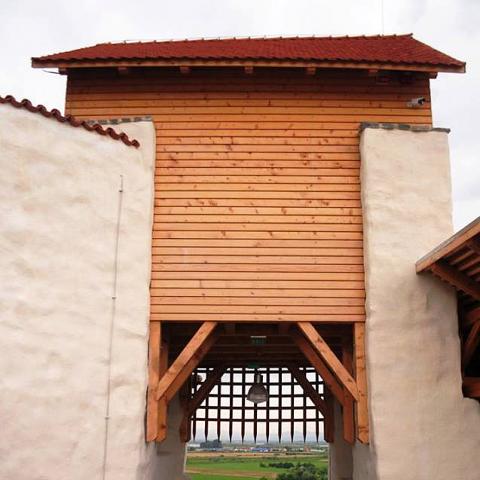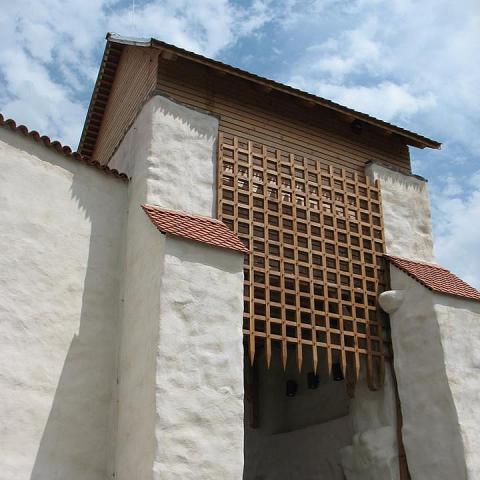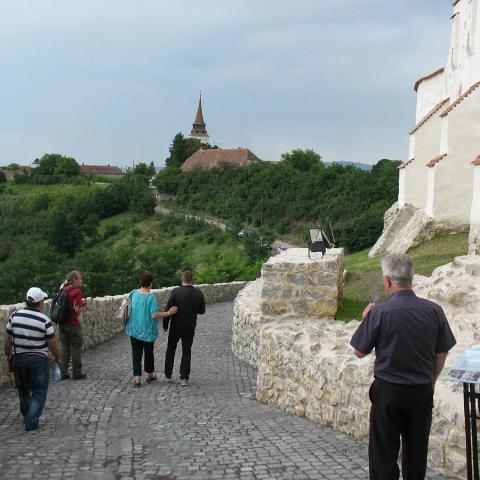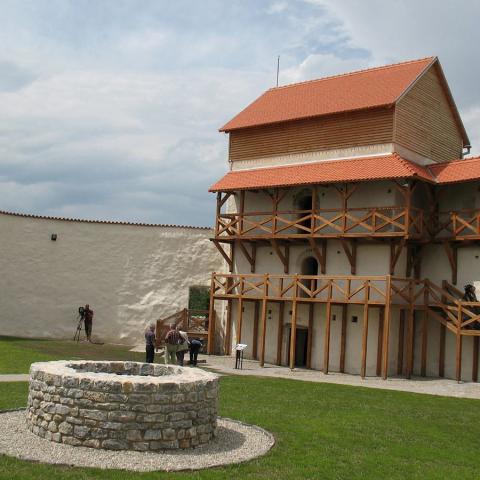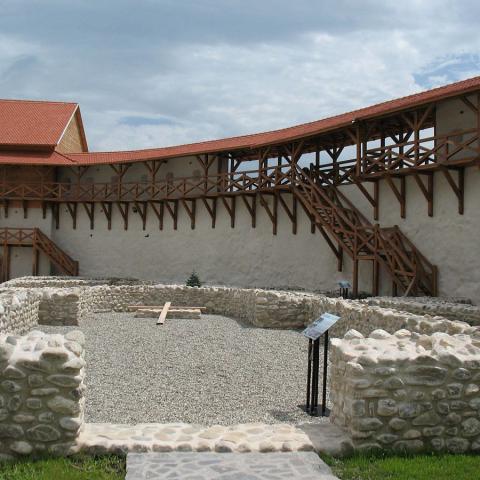Teutonic fortress in Romania rebuilt with EUR 2.7 million
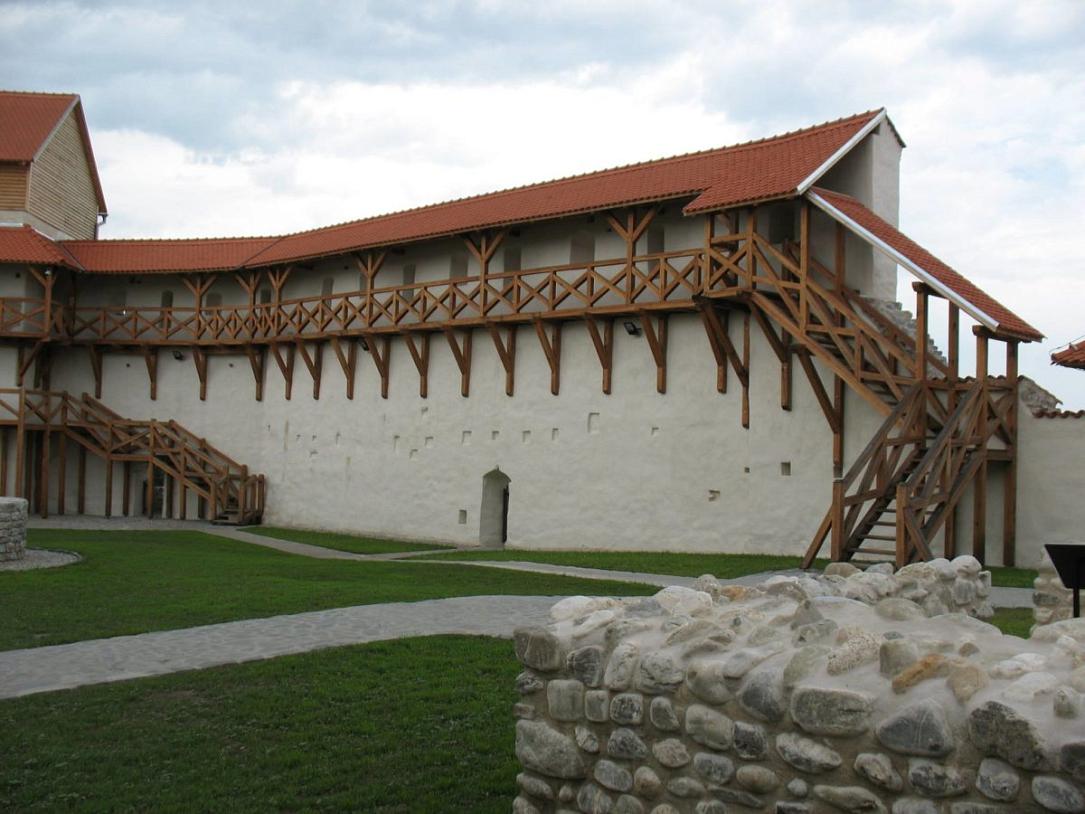
The Feldioara Fortress, in Central Romania’s Brasov county, was rebuilt following a RON 12.3 million (EUR 2.7 million) investment. The 13th century Teutonic fortress is set to reopen for visiting this September but tourists can admire it from the outside in the meantime.
This is the second fortress rebuilt in Brasov county, after the one in Rupea, which was reopened in 2014.
The funding for the works came from the Brasov County Council, and the cost was RON 3 million (EUR 667,000) lower than the initial bid price of RON 15.3 million (EUR 3.4 million).
The construction work started in 2013 and the fortress was rebuilt almost from the ground as only three degraded walls of the 13th century construction were still standing. The works started with an archaeological research that revealed that the hill upon which the fortress is standing was inhabited thousands of years ago. Artifacts from the Neolithic, the Dacian and Medieval periods were found here.
The fortress had four towers, for the four cardinal points, and walls marking the site of an ancient chapel from when a Cistercian abbey was standing on site. The Teutonic wall can be seen on the Northern site, as well as a fountain unearthed during the last phase of the archaeological diggings.
The fortress was rebuilt according to the way it looked in the 17th century, and the project had the approval from the Culture Ministry.
“This project was a challenge in what the construction materials were concerned because we could not use just anything. With the help of architects, we tried not to invent elements of this construction but to keep its historical image. A wooden structure was created precisely to be able to tell the difference between what existed and what we added to protect the walls of the fortress, construction that were designed in accordance with the historic characteristics. The greatest difficulty we encountered was the lack of specialized personnel, so we had quite a high turnover on site,” Alexandru Stoica, a representative of the builder, said, quoted by Mediafax.
The items found at the archaeological site at the fortress will be exhibited in its museum spaces. These will be set up by September, when the fortress will open, alongside the entrance area to the monument.
editor@romania-insider.com
(Photo source: Consiliul Judetean Brasov/ Primaria Feldioara Facebook pages)







